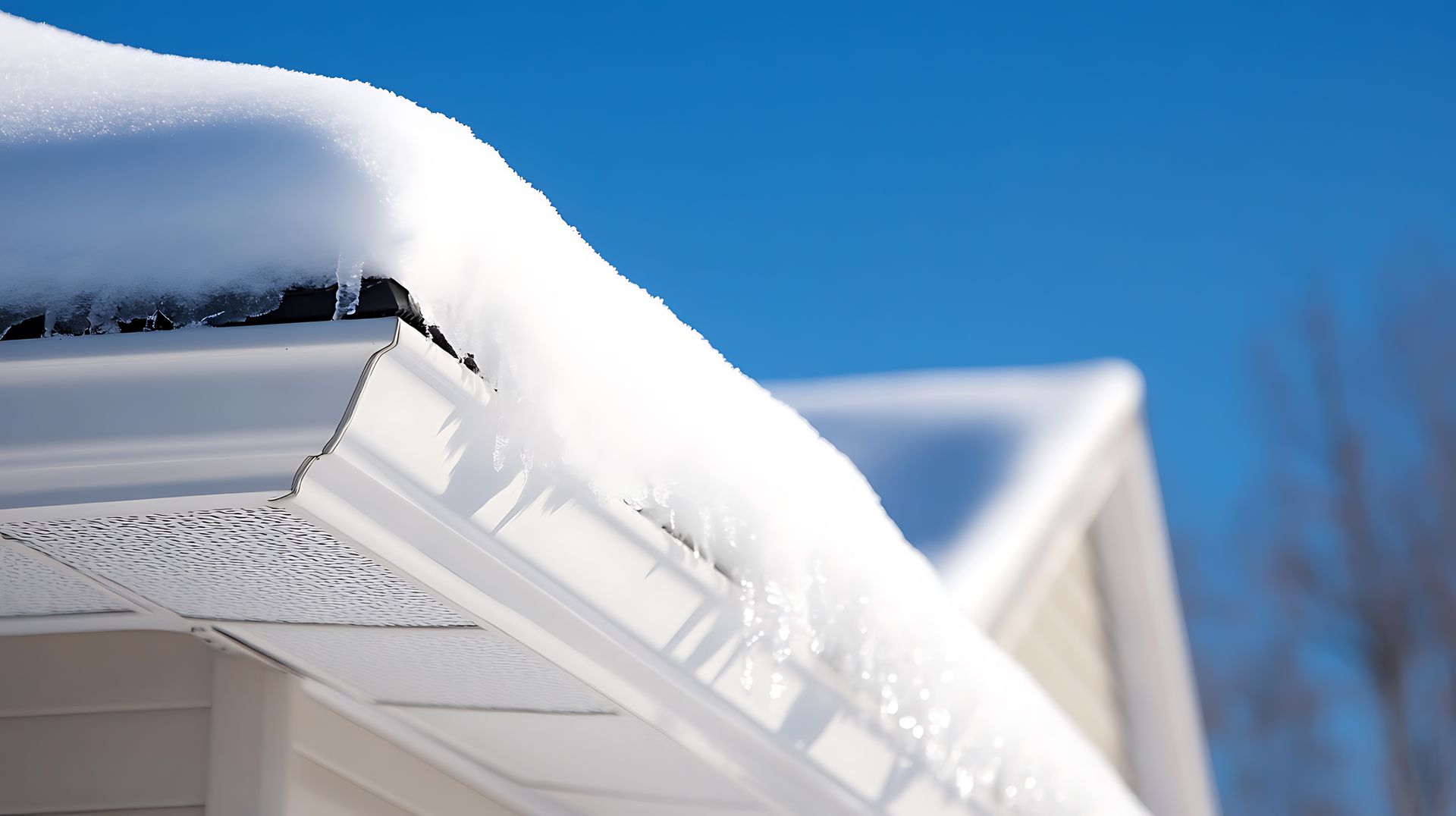Owning a home is a big responsibility, and while professional inspections are essential for identifying major issues, there are plenty of maintenance checks you can perform yourself between those official inspections. Regular DIY inspections allow you to catch small problems before they become costly repairs and keep your home in top shape. Ohio’s unique weather patterns, from humid summers to freezing winters, can take a toll on your home, making these DIY checks especially valuable. Here are some DIY home inspection tips for Ohio homeowners to maintain their property all year.
1. Check for Foundation and Basement Issues
What to Look For: Examine the foundation walls, basement, and crawl space for any cracks, signs of moisture, or musty odors. In Ohio’s rainy season, water can seep into basements and cause mold, so pay close attention to damp areas.
DIY Tips:
- Seal any small cracks with a concrete patch.
- Ensure downspouts are directing water away from the foundation.
- Consider a dehumidifier in the basement to prevent moisture buildup.
2. Inspect the Roof
What to Look For: Ohio weather can be tough on roofs, with heavy snow in the winter and thunderstorms in the summer. Look for missing or damaged shingles, signs of sagging, or any debris buildup in valleys or near gutters.
DIY Tips:
- Use binoculars to check the roof from the ground if you’re uncomfortable climbing up.
- Remove any debris, such as leaves or branches, that could trap moisture.
- Check around chimneys and vents for any loose flashing that could lead to leaks.
3. Clean and Check Gutters
What to Look For: Clogged gutters can cause water to pool and overflow, potentially damaging your foundation or siding. Ohio's fall season, with plenty of falling leaves, makes gutter maintenance a priority.
DIY Tips:
- Clean out gutters regularly, especially in the fall.
- Make sure downspouts are clear and directing water away from the house.
- Look for any signs of rust or sagging indicating the need for repair or replacement.
4. Examine Windows and Doors for Leaks
What to Look For: Leaky windows and doors can cause drafts, energy loss, and water damage. In Ohio’s colder months, drafts can increase your heating bills, while leaks in the warmer months can lead to rot or mold.
DIY Tips:
- Check for gaps or cracks in the caulking around windows and doors and reapply caulk if needed.
- Feel for drafts around windows and doors; if you notice any, consider adding weatherstripping.
- Inspect the window frames for any signs of rot or moisture damage.
5. Test Smoke and Carbon Monoxide Detectors
What to Look For: Smoke and carbon monoxide detectors are vital for your family’s safety. Ohio winters often mean more time indoors, with heating systems running consistently, making CO detectors especially important.
DIY Tips:
- Test each smoke and CO detector monthly.
- Replace batteries at least once a year.
- Per the manufacturer's recommendation, Replace detectors every 7-10 years.
6. Inspect Plumbing for Leaks
What to Look For: Pipe leaks can cause water damage, mold, and higher water bills. Inspect all accessible pipes in your basement, under sinks, and around the water heater.
DIY Tips:
- Look for moisture or corrosion around pipes and fixtures.
- Tighten any loose connections.
- Test faucets and showerheads for leaks, and replace washers if necessary.
7. Evaluate HVAC System Efficiency
What to Look For: Ohio’s extreme temperature variations put HVAC systems through their paces. Check your heating and cooling systems regularly to ensure they’re running efficiently.
DIY Tips:
- Change air filters every 1-3 months to keep the system running efficiently.
- Clear any debris around outdoor HVAC units.
- Listen for any unusual sounds when the system is running, which could indicate the need for a professional tune-up.
8. Inspect Exterior Siding and Paint
What to Look For: Your home's exterior protects everything inside, so it’s essential to keep it in good shape. Check for peeling paint, damaged siding, or signs of rot.
DIY Tips:
- Touch up any areas with peeling paint to protect the underlying material.
- Replace any damaged or cracked siding.
- Clean the exterior with a gentle power wash to remove dirt and mildew.
9. Check the Attic and Insulation
What to Look For: A well-insulated attic can keep your home comfortable and energy-efficient year-round. Check for signs of mold, pests, or inadequate insulation.
DIY Tips:
- Look for any signs of water leaks, especially after heavy rains or snowfall.
- Ensure insulation is evenly distributed and covers all areas.
- Check for any pest activity, such as nests or droppings, and address it immediately.
10. Test Electrical Outlets and Breakers
What to Look For: Electrical issues are not only inconvenient but can also be dangerous. Test all outlets and ensure the breaker box is functioning properly.
DIY Tips:
- Use a tester to check each outlet for proper grounding.
- Flip each breaker in the panel to ensure they all work as they should.
- Look for any exposed wiring or loose connections, and consult a professional if you find anything unusual.
Why Regular DIY Inspections Matter
Taking the time to perform these regular DIY inspections can save you from costly repairs in the long run. By identifying minor issues early, you can address them before they become major problems. This routine maintenance also keeps your home in good shape for any future professional inspections, making it easier for inspectors to identify new issues and give a clean report.
When to Call a Professional
While DIY checks are beneficial, certain issues require a professional’s expertise. If you notice significant damage, leaks, or any potential safety hazards, it’s best to consult a qualified inspector or contractor. Additionally,
scheduling a professional inspection every couple of years is a good practice to catch any issues you may have missed.




